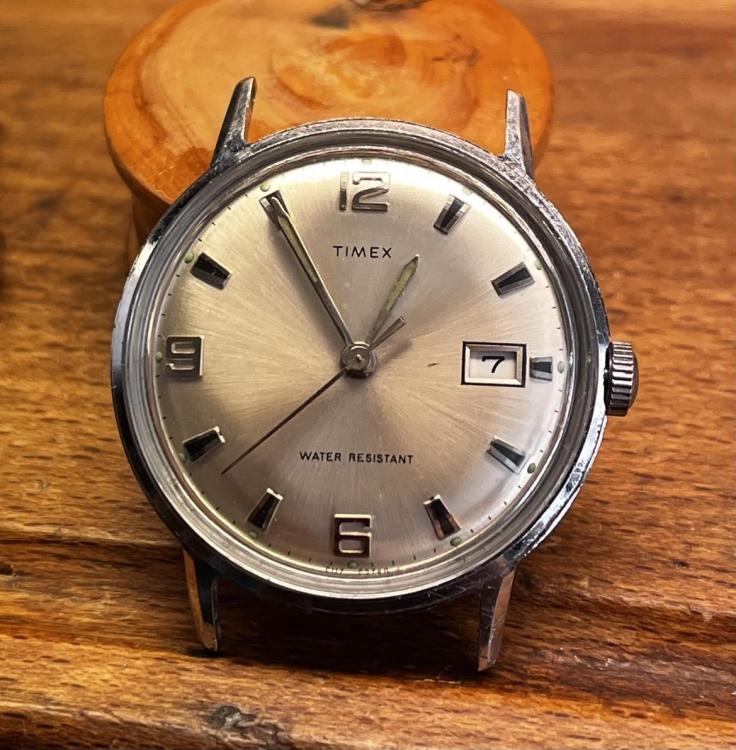Leaderboard
Popular Content
Showing content with the highest reputation on 10/20/23 in all areas
-
Thanks all. Based on the potential cost of a new movement, and the fact it's a non-runner, I counteroffered lower and the seller took it. We'll see what repairs it needs when I get it but I think it will be a nice watch once running. My first mechanical Seiko!3 points
-
2 points
-
The reason could be that the question was asked in "Lathes for Watchmakers / Mini Lathes & Jacot tools and all related". Nevertheless, thanks for your reply!2 points
-
2 points
-
In modern automatic mechanisms and what I teach to my students, HP 1300 would be used on the pivots/arbors of reverser wheels, pawl winding wheels, and driving wheels in the auto mechanism. I teach how to service older movements such as Felsa 690 Bidydnators (which have what is known as 'pawl winding wheels') and ETA 1256 which want the servicer to use thinner lubricants. Lubricants have come a long way since then (1940/50's). The reason for using certain lubricants in certain areas in the gear train is a pretty hard and fast rule. Low speed/high torque, such as barrel arbors use a thicker grease, such as HP 1300, or even D5 as the viscosity is high, as you go down the train the viscosity gets lower, so if you have those lubricants, what would be used is HP 1000 on the centre wheel (second wheel)l, HP 500 on the third wheel (dependent on the size of the movement), 9010 on the fourth wheel (maybe 9020), escape wheel and caps use 9010. So high-speed/low-torque wheels use a lower viscosity. Hopefully one can see the reasoning behind this. With the auto mechanism, the lubricant isn't going to affect amplitude as it would in the gear train, so longevity is what one is trying to achieve, so a thicker grease is used. All modern movements use this method for good reason. HP 1300 has a viscosity of 1300 centistokes and 9504 and 9501 which is great for high friction work such as keyless work and chronograph mechanisms has a viscosity of 305 centistokes. To have that longevity a thicker grease is usually used, for the reason I have given. I know I have probably opened a can of worms here, but I do give reasons for which lubricant is used where, and why. If you ask 10 watchmakers which lubricants they use there will be at least fifteen answers! https://www.moebius-lubricants.ch/en/products/greases https://www.moebius-lubricants.ch/en/products/oils2 points
-
Hi Mike, I don't know why no one has replied to your question, but the gasket goes in first and then the crystal.2 points
-
Looks like a 6001, see link here I just acquired a 6001 in a batch of watches - are you looking to refurbish it? As this has sentimental value I would advise you leave it on a shelf for now until you get a few wins under your belt with watches you aren't worried about junking. As your grandfather gifted this to you and your chances of junking it is high (given you are just starting out on your journey) I would wait until you are confident there will be no tears. Please accept this advice as well intended, I'm just trying to save you some heartache not wag my finger at you and insinuate that you can't handle it. Nobody is born a watchmaker and it took me over 20 wathces (and tears) until I finally started winning more than I was loosing - and I still have the occasional train wreck! If you want, and you are ready, I can wait and work on my 6001 at the same time you are working on yours - two heads are better than one!2 points
-
Good luck. All I will say is I have bought dozens of Seiko watches and not one of them where a what I call a honest watch, that is one where the case, case back, movement and dial where all from the same original watch with most having a wiff of Turmeric about them So good luck, hope it all turns out OK for you.1 point
-
1 point
-
the nice thing when you're learning watch repair with your own watch is that no harm comes if it doesn't work. so yes by all means try an experiment and no harm should come to it. his is where it's always fun to try experiments and go against whatever the rules are especially with lubrication because sometimes the Swiss don't get it right sometimes they do.1 point
-
Thanks for the replies. Yes it is an automatic bumper watch. I know a little to nothing about automatic wrist watches so educated myself by reading a lot of your prior posts, which was very helpful. My understanding is that breaking grease is not required for this type with a two piece main spring.. Therefore I was hoping to get by with, either the generic watch oil or Mobius oil that I currently have. so I think I’ll just go ahead and give it a try doesn’t seem like there’s any permanent damage I can do. Ha ha. It would have been a good idea to check the power reserve before I disassembled it but unfortunately I did not.1 point
-
No vintage ones available here in the UK at the moment only modern revived versions . But a few Douglas and the same style Wolbrook divers in the US. This is yet another iconic watch to keep my eyes peeled for. You've future impacted my bank balance Jon but i forgive you1 point
-
https://timeandtidewatches.com/neil-armstrongs-watch-but-not-the-one-you-think/ Armstrong for sure owned one, and according to his family, he wore it a lot, his Douglass showed lots of signs of wear when it was auctioned off after his passing, but there are no real photos of him wearing it. Still fun bit of watch history not a lot of people know about and cost effective way to buy the same kind of watch that may have accompanied him on his trips I. The X-15, or testing the lunar lander at Edwards AFB,1 point
-
1 point
-
My SWAG is that you did not position the pin on the warning weel in the right place when assembling the clock. As an amateur, I have found this to be a little tricky.1 point
-
Hello and welcome. How did you remove the stem? Photos of the movement would help.1 point
-
My advice is to go back to the beginning. So remove all the chime from the front, Move the hand from its center and each quarter the chime should do 1 cycle. If that is right put the cam wheel on so the next will be quarter past, if all is well do the next and the next and then the hour. Try that and then get back to me.1 point
-
1 point
-
1 point
-
you can start playing with your Timex watches but you really want something that more closely resembles the type of watches you going to work on and Timex is not going to be that. and I see I'm late to the party while Timex watches are collectible there are people that repair them not really recommended in this situation. Basically the same as everyone else's said yes learning curve like that boiler job of 30 years ago I bet you didn't just walk in off the street grab the toolbox and say I'm a master plumber you probably had some training. Were just trying to tell you not to start on your watch any more than you would tell somebody to grab some plumbing tools and start working on that boiler because no experience is needed. Section quite common that a lot of people think watch repair no experiences needed. Oh other little problems with watch repair technical sheets kind of exist sort of. Anything vintage was probably scan to PDF for parts identification. Typically we don't always get repair information. So when you're working on something different in strange it be nice to have the tech sheet which may actually exist but was never scan to PDF because somebody just scanned it for parts. But in the case of your citizen watch we have a little bit at least there's a drawing I was expecting pure parts only. I know someone who does YouTube videos and I was suggesting why not make a video of all the watches you can't fix right now because. Of course the answer was that would be a boring video nobody would want to see that. The other problem the videos are they do skip steps watch the steps if you know what they're working on a new look at what they're doing there are steps missing at least I hope there are steps missing because if they're not missing somebody is really screwing up here. rather than looking at all watches are the same I tend to think they're all different in a way. Definitely in the discussion group each watch should be its own question. I made the reference before learning to work on watches is similar to becoming a doctor. Doctors patients are all the same kind of but they're all different as our watches are all a little different even if they're similar. Then like a doctor were continuously practicing with each new patient and/or watch were getting better it's an ongoing learning experience. Especially with watches where there is such an incredible quantity of variations of things. Lots and lots and lots of variations sometimes kind of like walking in a field of pretty flowers with land mines. 487_citizen 6000, 6001, 6080, 6500, 6501.pdf1 point
-
one of the problems with Seiko parts and other companies is that they can be localized. In other words that is not a watch destined for the US market that means we're going to have a problem but let's go through the motions anyway because we might have a solution if you go to this website http://cgi.julesborel.com/ it's wonderful for looking up parts and cross-referencing parts then if you read the text it also indicates you can look up casing parts but yours doesn't exist probably because it's not a US case then I'm making a guess you look at your case back number it's supposed to be for numbers with the-and another for numbers but you only have two numbers so I think that becomes 1100. This is where making a guess I don't think it's the other way around I don't think it's 0011 although there is a way of finding out the moment so when you look at that page as you search with the complete number you get nothing so then we can do a partial search like this SEK CS#1100. Then we get a list and go down the list and if were lucky maybe get something close close enough perhaps but while were here all swap the numbers around and make it 0011 see what happens actually if I just make it 11 the search does the exact same thing it changes it into 1100 and gives us the same list we had before then I picked the case close and that doesn't always work well but maybe we look at the part descriptions noticed this DUST PIPE with part number 81180210. Sounds like the right description because basically at the dust guard it's not a gasket. then unfortunately it brings up a disturbing problem for instance let me snip this eBay advertisement as you may not get the same results I do https://www.ebay.com/itm/325305820609 this is the disturbing aspect look at all the dust pipes? All with different numbers I'm looking at another site and does the same thing 3489 no 3488 and they even have less parts listed. I'm still guessing it's probably the right part as it's in the right series of cases. But I'm not going guarantee it's the right part maybe can email the seller and ask http://cgi.julesborel.com/cgi-bin/matcgi2?ref=SEK_CS^1100-3489 http://cgi.julesborel.com/cgi-bin/matcgi2?ref=SEK_CS^1100-3480 http://cgi.julesborel.com/cgi-bin/matcgi2?ref=\][MWFTE 81180210 DUST PIPE1 point
-
Just to add to my previous comments, if I had my time back I would start with cheap WORKING movements, I know this is counter intuative, but if you finish a resoration on an non-working movement and it still doesn't work, did you mess it up, or was it never going to work or??? At least if you start out with something that ticks when you get it and you restore it and it doesn't tick you know you did something wrong. After you get a few of these under your belt you can then tackle your non-runners and see if you can bring them back to life. Just some free advice - but like my friend says "if free advice was worth anything they would sell it" I like Seikos, and would recommend as they are bullet proof and can take a lot of abuse and keep ticking and there are lots of spares out there as well as youtubes showing how to refurb them. I have had good luck and service from these guys: https://speedtimerkollektion.com/shop/product_info.php?manufacturers_id=11&products_id=78256 Don't be put off by the NOT running statement, I think thye put this on everything just to cover themselves, about 3/4 of the Not running watches they send me run fine :)... again more free advice I have done a few, and like you say they can be fun, especially when you are feeling up for a challenge. Then on some sad lonely day when you are looking to punish yourself.... erm I mean challenge yourself... break out the timex!1 point
-
Timexes are actually quite fun. The screws are under the dial. There are only 4 of them. If you daring enough to attempt taking the plates apart, I recommend unpinning the hairspring and removing the balance wheel first. The hairspring on Timexes are actually quite tough, unlike Russian and some vintage watches. Not your beginner's watch but I definitely recommend doing one just for experience. Who knows, you might actually get hooked.1 point
-
Hi there, the quick answer is yes, you can just push it in, usually (but not always) if the ring has a colour then the colour should be facing up, but double check. as for the hook, unless it is a 'T' type bridal then you dont need to worry, the spring will rotate on its first wind and locate itself into the correct position. The first wind you may feel/hear a click or slip as the spring does this. After you have finished you'll say ...."hmm that was easy!" If you post a picture we can better advise you. Below is an image of the T type bridals so you know if you have one of these, if so then you need to align it with the small slip in the barrel, which can be quite tricky is you have not doen it before:1 point
-
Oh I see. Actually I have tightened cannon pinions by squeezing the parallel bars with no issues. The actual movement of the bars is just microns.1 point
-
Compared to images found with a Google search I would suggest the following It is probably a genuine seiko movement but 1. In the top picture where the righthand red circle is the fixing screw is missing its head 2. It looks like the auto wind bridge is missing. 3. Going by the colours I would suggest it's what's known as a Mumbai Special. That is if unfamiliar with the term, a watch made up in India from a random selection of parts and the dial is probably a reprint all put in a random case. Depending on the price I might make a good practice watch or a donor for parts. So a genuine parts watch with a reprinted dial is my guess1 point
-
have you ever read the fine print? What fine print look at the bottom of the lubrication chart I have marked something for you I really wish lubrication company is watch company A's would tell us why they do things? oh thinking about watch companies here's one that's interesting I'm attaching a PDF and I'll snip out a few images like look at the lubrication choices there's only three of them. so basically 9504 for the mystery grease I don't think it's a mystery I think you actually can purchase that it comes in tubes that are dreadfully expensive. then the amusement especially for me I don't like 9010 I think 9010 should only be used with epilam otherwise it has a habit of spreading. 9020 seems to stay put better. Although if you look at the chart on grip and all of that basically the 9010 9020 or identical except viscosity which also tells us the pie charts are wrong somewhere I saw the contact angle and their slightly different which is why 9020 stays in place and 9010 does not at least that's my guess so universally across the planet for all in time and space 9010 is your balance jewel oil.. Except in my case where I use 9020 and what exactly is this company using aas far as I know I've never lost amplitude by using 9020 on the balance pivots.. You have to go down to their smallest mechanical caliber before the go back to 9010 on the balance pivots.. Maybe it's a clerical mistake how can a Swiss company go against the narrative of using 9020 versus 9010 on the balance pivots totally insane.. Although not as insane as some of the stuff Seiko does with lubrication but I don't have time to find the images I need to run away right now 12p.pdf1 point
-
1 point
-
I bought these pin gauges a few months ago, as well as the 1 mm to 2 mm set. They are bang-on when it comes to their thickness. Really helps when re-bushing, so you don't have to remove the bridge or mainplate to measure the bored-out hole. I've got a set of Bergeon pin gauges measuring 0.07 to 0.5 mm, which cost a small fortune but couldn't do without them for smaller work and measuring the inside diameter of jewel holes. The same seller does pin gauges from 0.1 to 1 mm https://www.aliexpress.com/item/1005005362640246.html?spm=a2g0o.order_list.order_list_main.31.21ef1802cKI5O71 point
-
Firstly, forum etiquette. If this is the wrong place to put this please bump and I'll follow suit accordingly. My watch journey started approximately 59 years ago when my grandfather in Madrid bought me a mechanical Citizen watch. I didn't understand at the time what I really had until recently. First thing is, am I right in saying the calibre is 6001? I'll post some pics1 point
-
Somewhere along the way the insider bits of a 68 marlin were cased into mercury. So I decided to right this wrong. With the help of an NOS 1970 dial, the correct case, and even the date stamp. This now is a period correct 1970 Marlin. full service of the M25 movement, crystal buffed and polished, etc.1 point



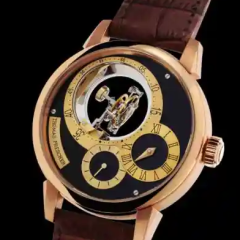

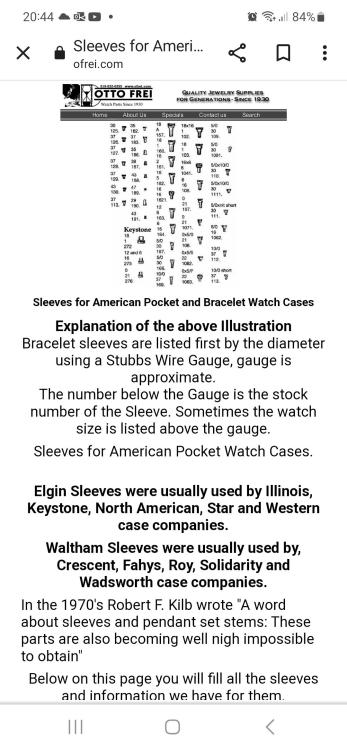
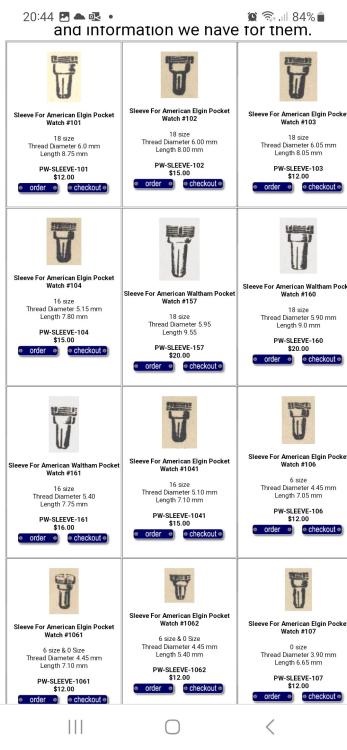

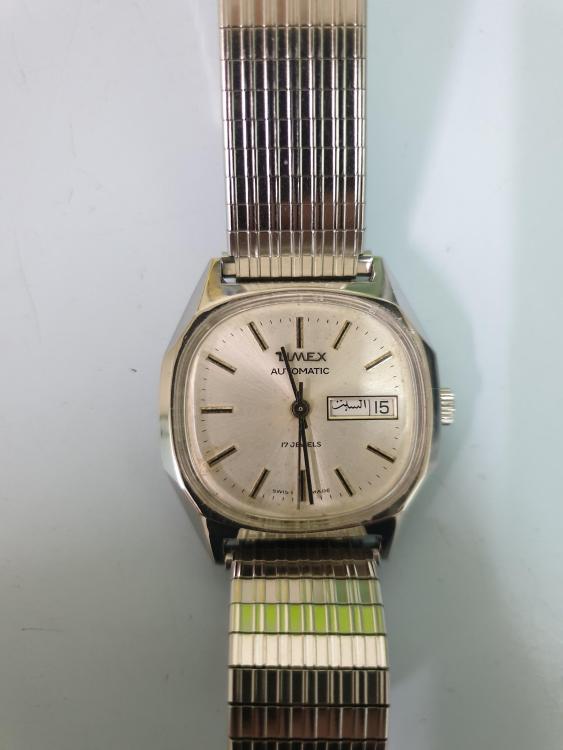






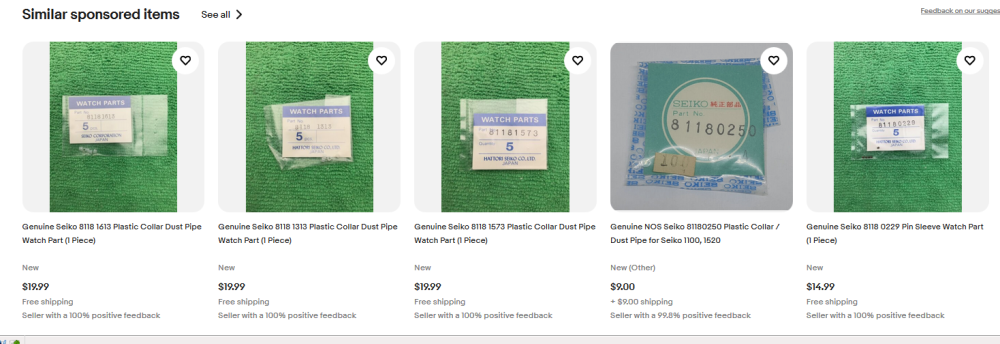
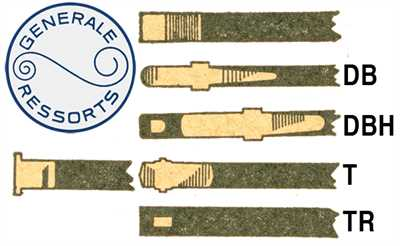
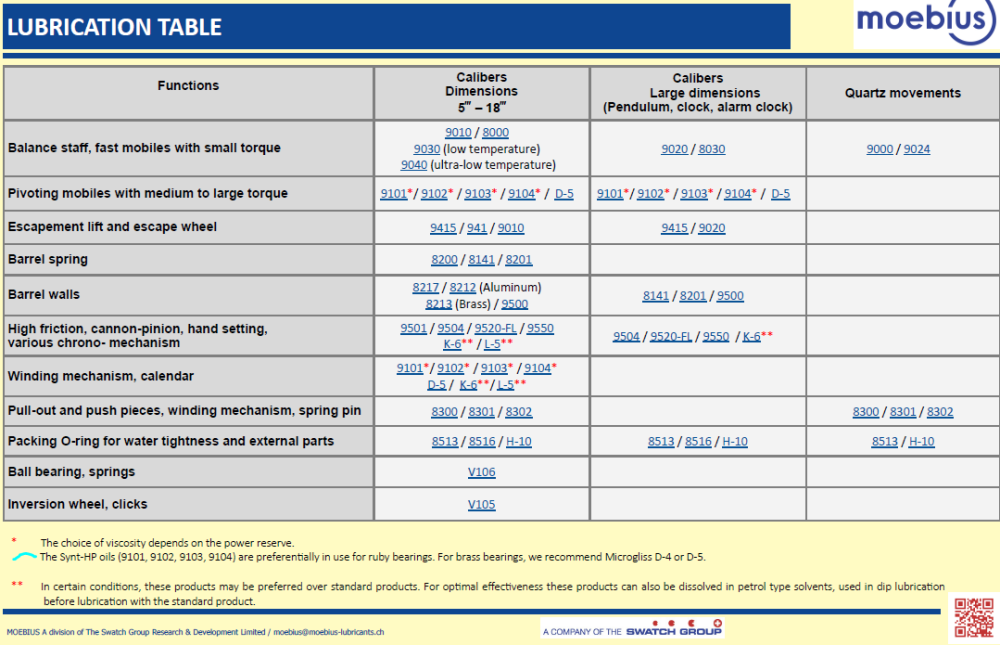
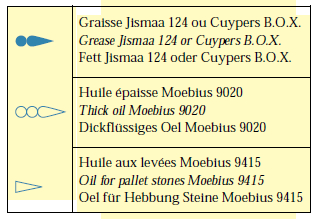
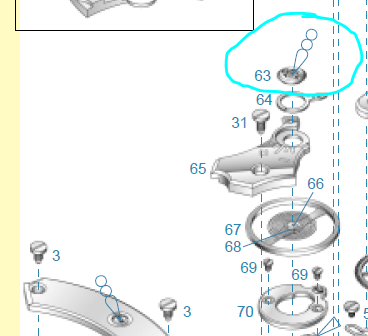
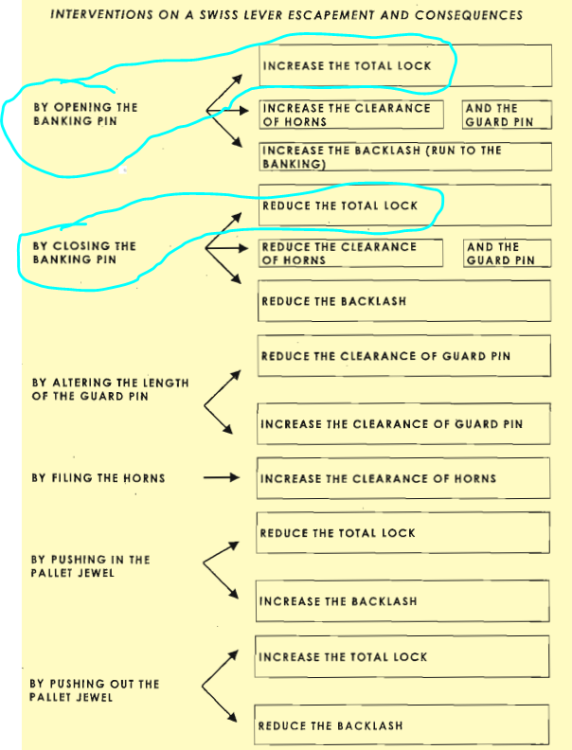
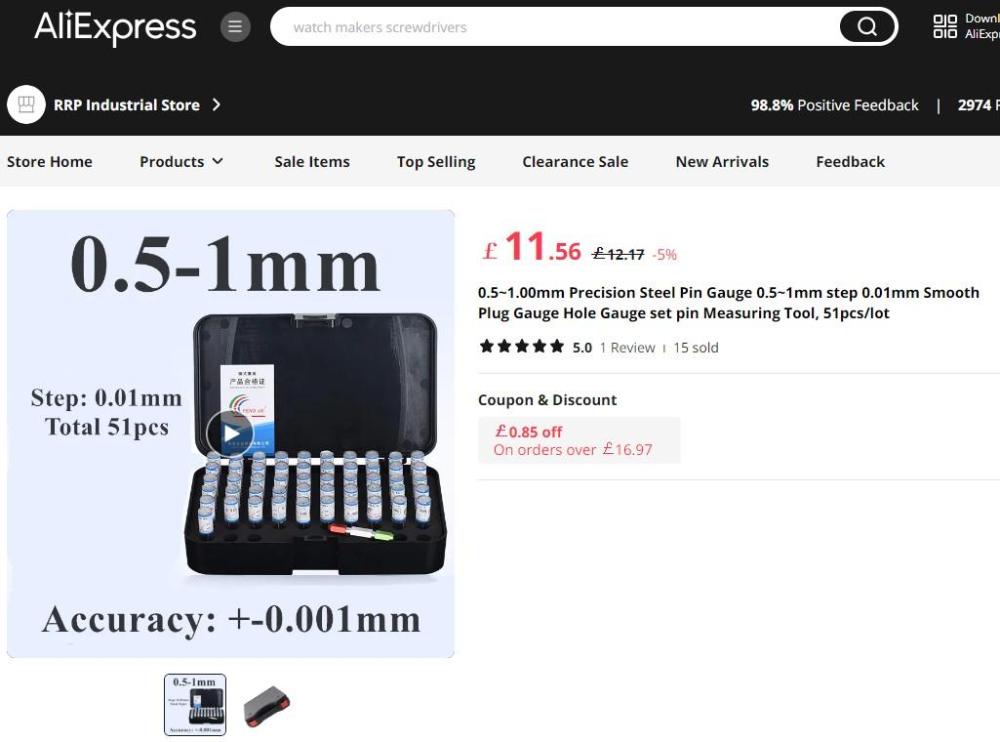

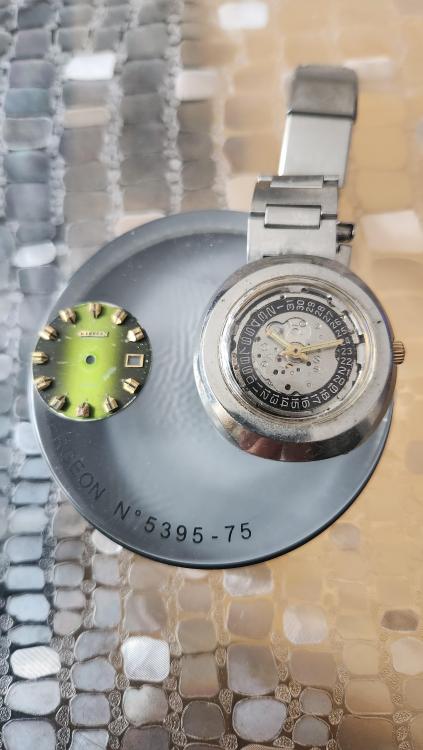
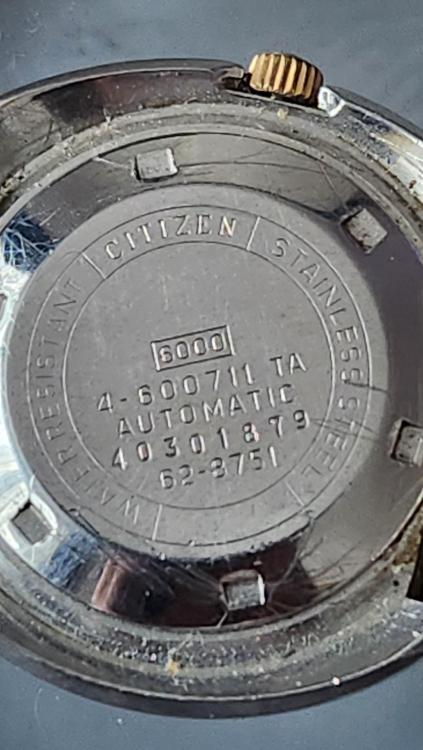
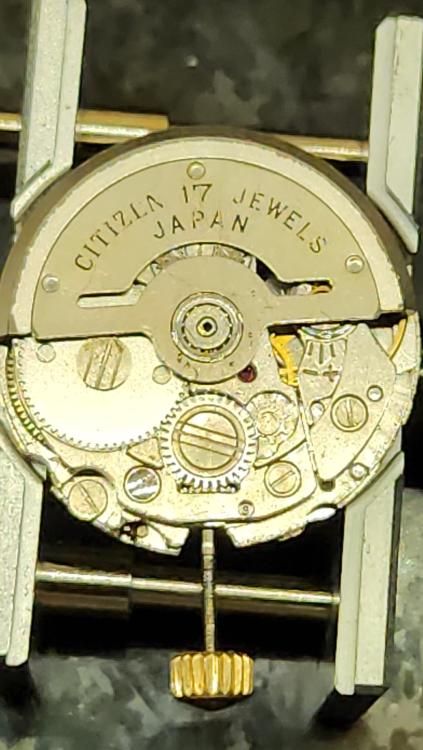
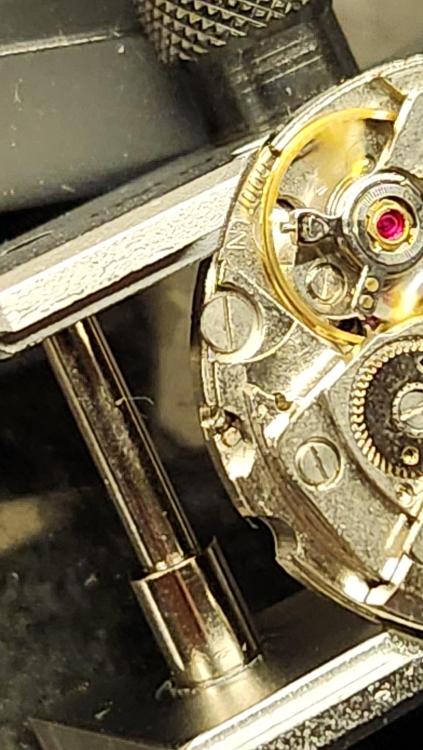

.thumb.jpg.dc9a4120bc428412a335b91599cfd9b9.jpg)
